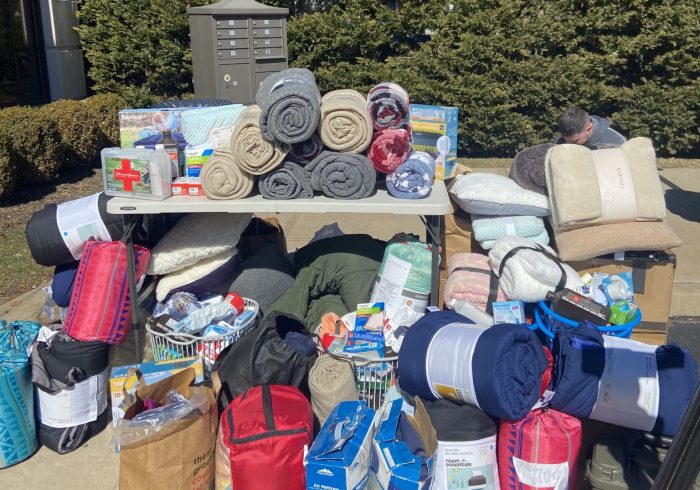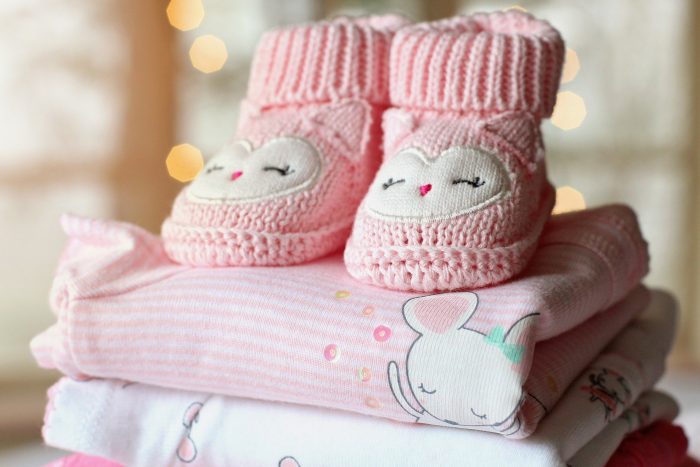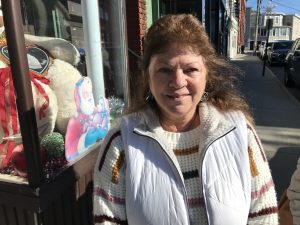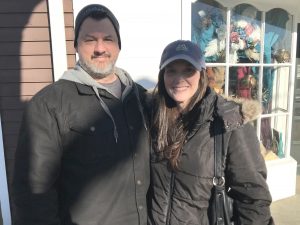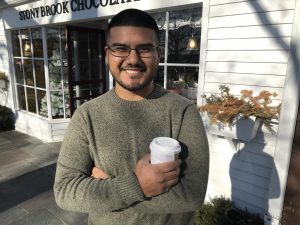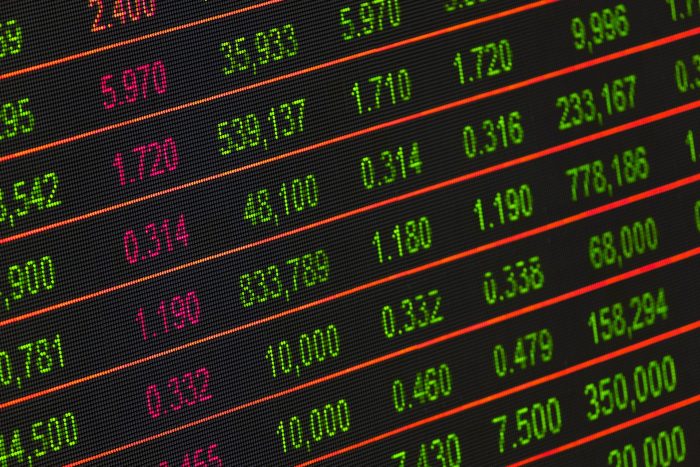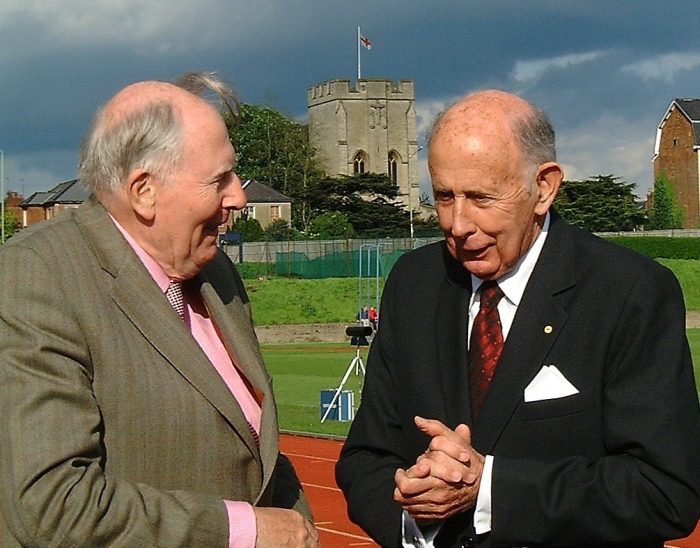By Daniel Dunaief

It’s been a long time since I took a child to a playdate or to the first day of a kindergarten class. And yet, I felt as if I had gone through a time warp recently when my daughter, who is home for spring break, and I took our three-year-old dog Bear for his second visit to a dog run.
While I’m sure many dog owners are familiar with the process, I found the collection of dogs circling trees, bushes and owners fascinating and familiar.
When we arrived, several dogs played in groups of shifting sizes while their owners, like anxious parents hoping their children play well together, stood by, observing the action and preparing to intercede.
Dog owners looked back and forth at my daughter and me, trying to figure out which of the collection of pets straight of a Dr. Seuss book filled with colorful illustrations of dogs of all shapes and sizes was ours.
That process isn’t as obvious as the genetics of trying to match the faces of young children with the parents standing by, waiting for the bell to ring and a teacher to bring their children inside.
Like protective parents, many of the dog owners watched their pets carefully, not only to make sure they were behaving, but also to ensure that none of the other dogs was threatening them.
Some dog owners shared stories about their dogs, much as my children’s classmates had done over 15 years ago, talking about what their dogs like to do and how eager they are for their dogs to get out all their energy now, so they’ll sleep well. Just as it does for young children, a day of healthy activities means a good night’s sleep.
A medium-sized dog paused in a puddle, stomping in the squishy mud. Her owner raced over and barked at Roxy to “stop,” annoyed that her paws looked like they had brown booties.
Meanwhile, a giant dog with the name Zeus written on a horse collar lumbered from one group to another, his head held higher than other dogs who came up to his shoulder.
Bear shifted from one group to another, awed by the athletic prowess of two huge dogs that vaulted onto a picnic table.
At one point, Bear trotted to the other extreme end of the park, almost out of sight. I whistled for him and, despite his tendency to ignore me at home, he immediately picked up his head and pitched his ears forward. I signaled for him to come back and, to my amazement, he jogged the length of the field, where my daughter and I pet him appreciatively.
While Bear played with the other canines, he also visited every pet owner, thrusting his head towards their knees and staring up at them with his best “I-know-you’re-a-dog-person-so-please-pet-me” face.
An aggressive dog barked and nipped at the others who had been playing peacefully. After the newcomer lunged at Bear three times, he trotted to the exit, glancing over his shoulder periodically to make sure we were coming. We obediently followed.
Once we were near our car, an unleashed dog raced around the lot, as his owner shouted for Oliver repeatedly to come back and to stay away from cars moving slowly enough to avoid loose dogs.
As we drove home, with our dog panting from the exertion in the back seat, I glanced at our daughter and appreciated the brief trip down memory lane when we brought her home from playing with her peers.
Our dog has no intention of trekking off to college, even if he’s eager to explore the world of our neighbors’ houses, where the grass sometimes seems greener.





